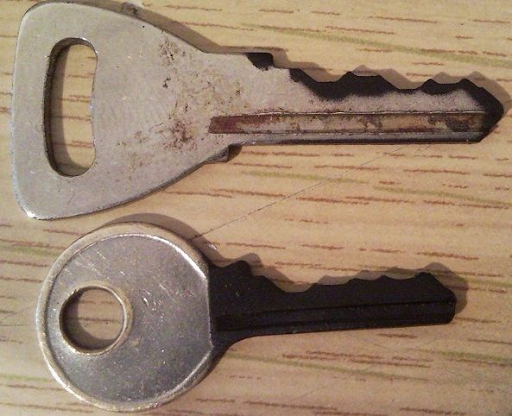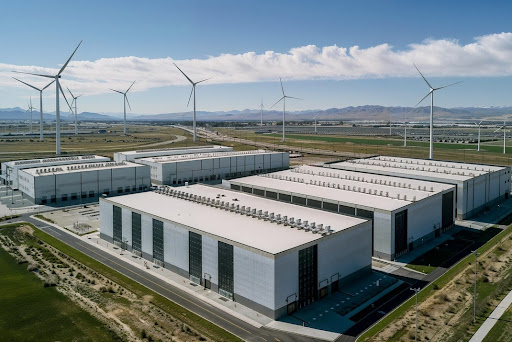Removing rubber from metal is a delicate but essential step in many manufacturing operations. Whether in automotive, aerospace, or electronics, rubber often needs to be bonded to or stripped from metal surfaces. Over time, wear, product changes, or design updates require precise techniques for removing these rubber layers without damaging the base metal. Efficient removal impacts product quality, cost, and turnaround time. Let’s explore the most effective methods used in industrial settings today.
Thermal Methods For Breaking Down Adhesion
One of the most common techniques involves heat. High temperatures soften or completely break down the rubber, making it easier to peel, scrape, or blast away. In controlled settings like industrial ovens or with the help of heat guns, rubber becomes brittle or melts depending on the compound. This method is especially useful when the rubber is thick or deeply bonded to the metal. The challenge lies in ensuring the heat doesn’t warp or degrade the underlying metal.
Cryogenic Rubber Removal From Metal Techniques
Cryogenic rubber removal from metal is a technique that uses extremely low temperatures to make rubber brittle and easy to shatter. By exposing the rubber-coated metal to liquid nitrogen or dry ice, the rubber hardens and fractures. This method is ideal for parts with complex shapes or delicate tolerances because it causes minimal stress to the metal substrate. Industries favor this technique for precision components like engine mounts and aerospace brackets where maintaining metal integrity is vital.
Chemical Solutions For Targeted Rubber Dissolution
For intricate parts or tight spaces, chemicals can be used to dissolve rubber without disturbing the metal. These solutions are designed to react with rubber polymers, loosening their bond. However, not all rubber types respond the same way, and compatibility with the metal surface must be tested first. Chemical rubber removal from metal works well in electronics and small machinery where mechanical methods would be too invasive. Ventilation, safety precautions, and post-treatment cleaning are crucial in this process.
Abrasive Blasting For Surface Precision
Abrasive blasting, often using media like sand, glass beads, or plastic pellets, can remove rubber residues effectively. The process involves blasting the rubber-coated metal with high-velocity particles that strip away the rubber while refining the surface. Though aggressive, when done correctly, it can clean the surface thoroughly without deforming it. Blasting is widely used in tool refurbishment and production line maintenance where speed and consistency are key.
Mechanical Techniques For Bulk Removal
Sometimes, the fastest approach is mechanical. Wire brushes, grinders, or cutting tools can remove large sections of rubber quickly. In production facilities with high output, automation helps streamline this method. Machines with rotary blades or rollers can scrape off rubber coatings, preparing the metal for reuse or re-coating. While efficient, this method demands close attention to pressure and tool condition to prevent scarring the metal beneath.
Laser Technology For Modern Applications
Laser removal is gaining traction as a clean and efficient technique for rubber stripping. Focused laser beams vaporize the rubber without physical contact. This non-invasive method offers a high level of control, especially for small or sensitive components. It’s energy-efficient and minimizes waste, making it an eco-friendly option.
Conclusion
Rubber removal from metal is more than a cleanup task—it’s a strategic part of the production cycle. Each technique has its strengths and is suited to different rubber types, bonding conditions, and production goals. Whether through cryogenics, chemicals, blasting, or lasers, the goal remains the same: to separate the two materials cleanly, efficiently, and safely.



